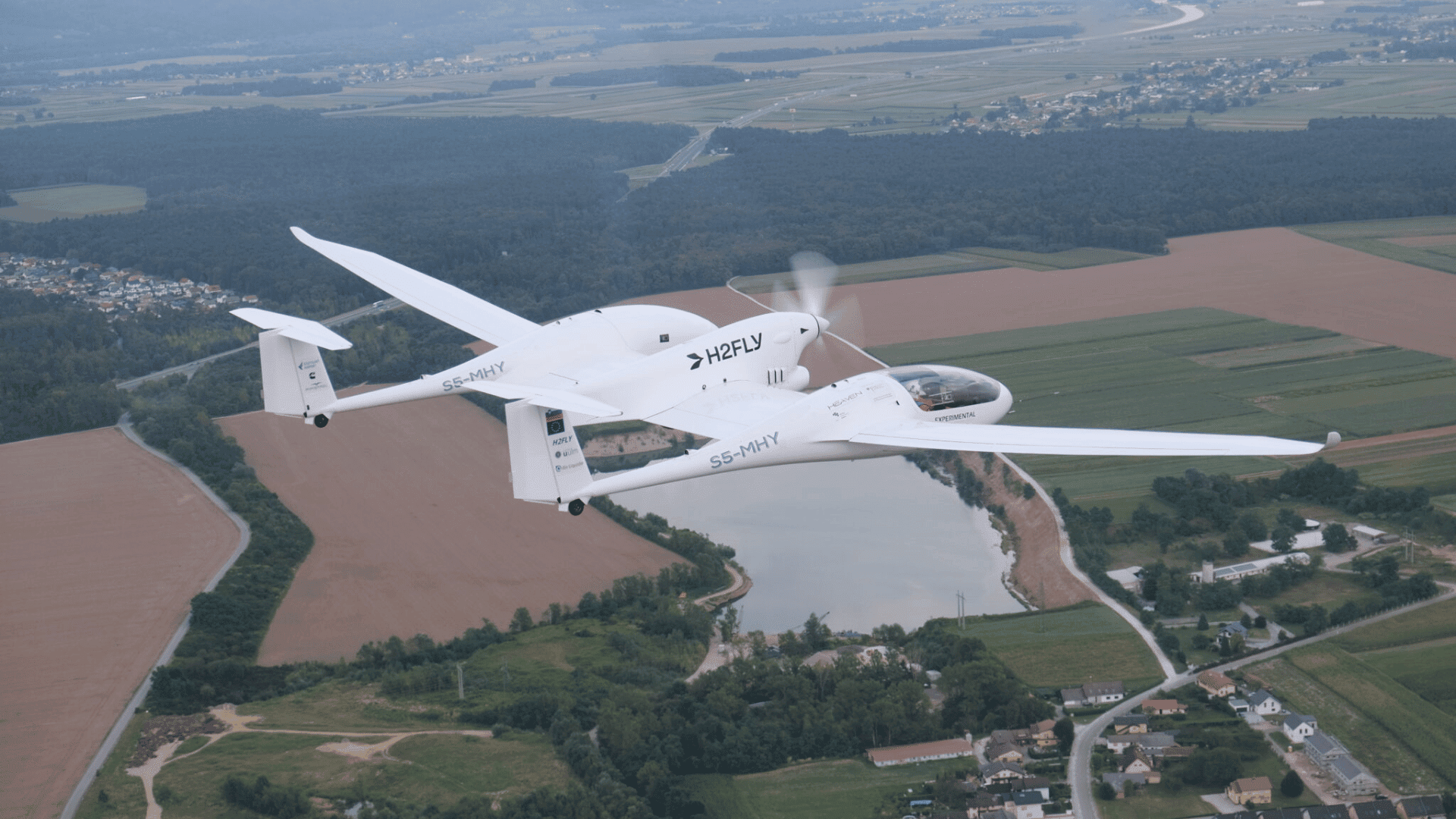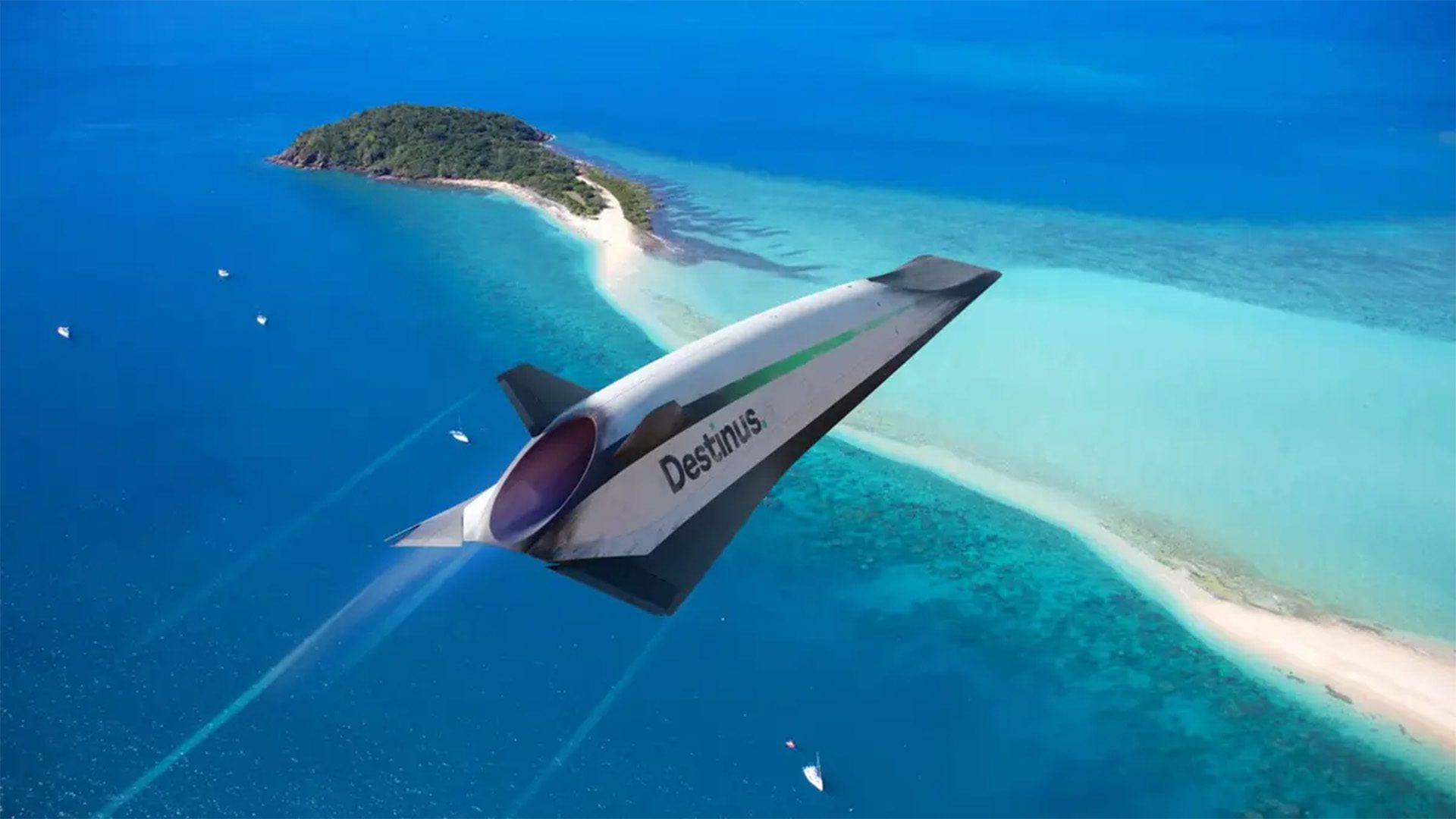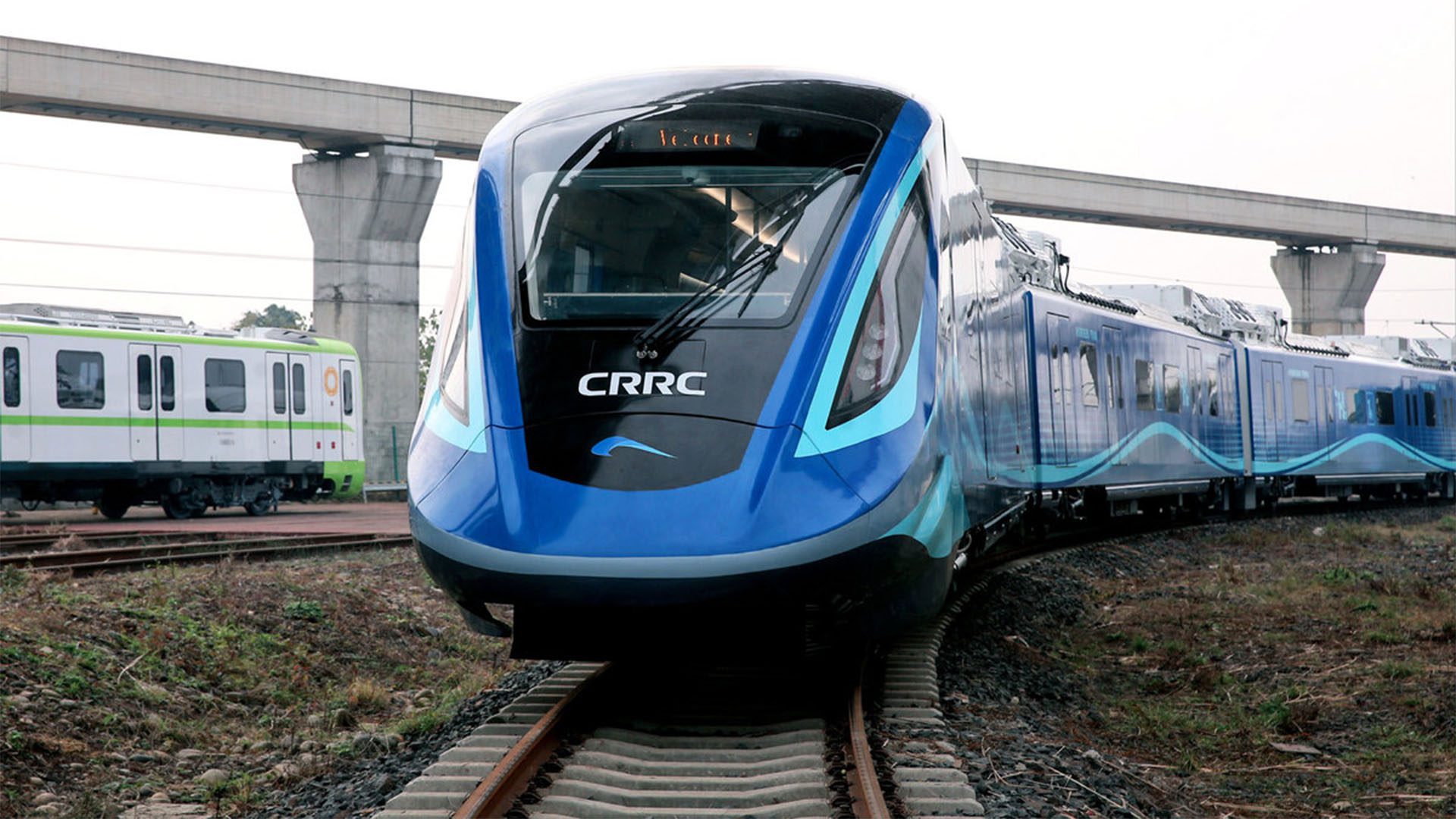On September 7, a German-based developer of hydrogen-electric powertrain systems for aircraft announced that it successfully completed the world’s first piloted flight of an electric aircraft powered by liquid hydrogen. The demonstrator aircraft took off from Maribor, Slovenia.

H2FLY’s Flight
As part of the flight test campaign, the H2FLY team completed four flights in H2FLY’s HY4 demonstration aircraft. HY4 used liquid hydrogen to power a hydrogen-electric fuel cell system that powered the aircraft for the entire flight. The test flights’ results show that using liquid hydrogen in place of gaseous hydrogen doubled the maximum range of the HY4 aircraft from 466 miles to 932 miles. This denotes a significant milestone for H2FLY and Project HEAVEN, a European-government-supported consortium that is working to demonstrate the feasibility of using liquid, cryogenic hydrogen in aircraft.
Josef Kallo, the co-founder of H2FLY, notes, “This achievement marks a watershed moment in the use of hydrogen to power aircraft. Together with our partners, we have demonstrated the viability of liquid hydrogen to support medium and long-range emissions-free flight. We are now looking ahead to scaling up our technology for regional aircraft and other applications, beginning the critical mission of decarbonizing commercial aviation.”
H2FLY aims to certify and operate its first commercial fuel cell system in aircraft applications by the end of the decade. By the early 2030s, the company hopes that its scaled-up system will be certified and operational in at least half of the global air traffic.
Liquid Hydrogen for Transportation
According to H2FLY, when compared with pressurized gaseous hydrogen storage (GH2), the use of liquified, cryogenic hydrogen (LH2) enables significantly lower tank weights and volume and therefore leads to increased aircraft range and useful payload.
Other companies are also starting to implement liquid hydrogen into their vehicles. Notably, a liquid hydrogen-powered Toyota Corolla completed a 24-hour endurance rate at the Fuji International Speedway in May, which marks the first time a car running on liquid hydrogen has entered a race. Toyota has previously entered races with Corollas fueled by hydrogen gas, but switching to liquid hydrogen fuel increases the energy density of the fuel and doubles the cruising range. Toyota hopes to use the severe conditions of racing to identify issues with the car so they can speed up development for commercial sales.
Similarly demonstrating the viability of liquid hydrogen as fuel, Hyzon Motors recently completed the first commercial run with its liquid hydrogen fuel cell electric truck. The truck completed deliveries to eight customers, traveling over 540 miles on a 16-hour continuous run. The liquid hydrogen reportedly allowed Hyzon to increase the amount of fuel on board with b changes to the vehicle weight or payload. Hyzon’s CEO, Parker Meeks, explained in a news release, “With increased range and no added weight in comparison to our gaseous hydrogen trucks, we believe this liquid hydrogen demo run has demonstrated potential viability for the future of liquid hydrogen in commercial trucking.”







